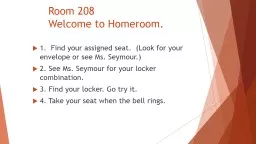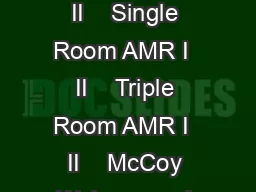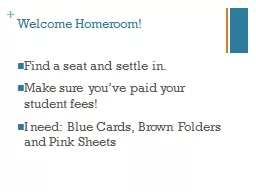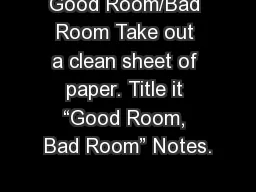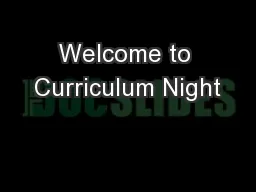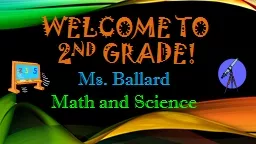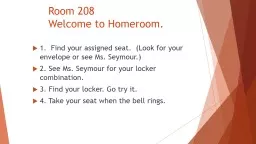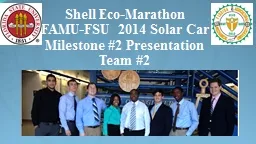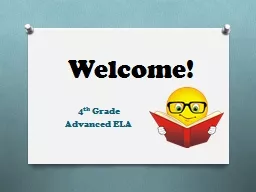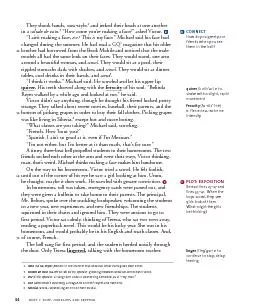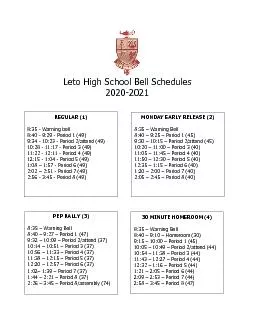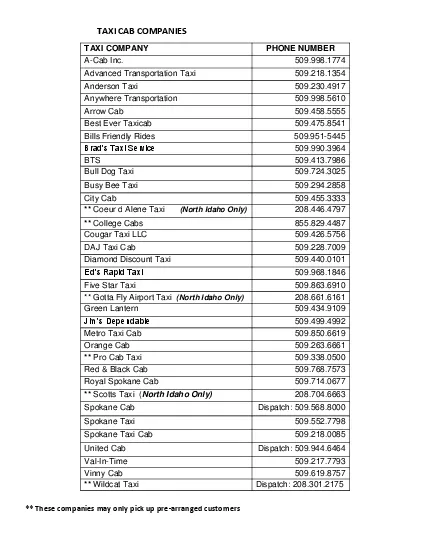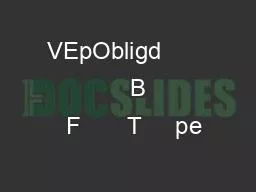PPT-Room 208 Welcome to Homeroom.
Author : marina-yarberry | Published Date : 2018-11-09
1 Find your assigned seat Look for your envelope or see Ms Seymour 2 See Ms Seymour for your locker combination 3 Find your locker Go try it 4 Take your seat
Presentation Embed Code
Download Presentation
Download Presentation The PPT/PDF document "Room 208 Welcome to Homeroom." is the property of its rightful owner. Permission is granted to download and print the materials on this website for personal, non-commercial use only, and to display it on your personal computer provided you do not modify the materials and that you retain all copyright notices contained in the materials. By downloading content from our website, you accept the terms of this agreement.
Room 208 Welcome to Homeroom.: Transcript
Download Rules Of Document
"Room 208 Welcome to Homeroom."The content belongs to its owner. You may download and print it for personal use, without modification, and keep all copyright notices. By downloading, you agree to these terms.
Related Documents

